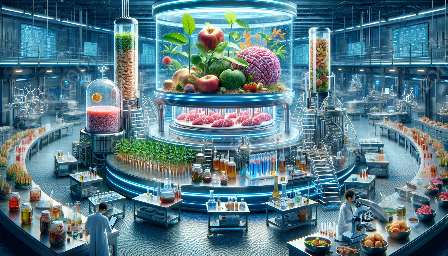Introduction to GMOs: Genetically Modified Organisms (GMOs) are living organisms whose genetic material has been artificially manipulated in a laboratory through genetic engineering. This technology allows the transfer of genes between different species, creating transgenic organisms with desired traits.
Transgenic Plants in Agriculture: Transgenic plants, created using GMO technology, have revolutionized agriculture by enhancing crop yield, improving resistance to pests and diseases, and reducing the reliance on chemical pesticides. Examples of transgenic plants include insect-resistant cotton, herbicide-tolerant soybeans, and virus-resistant papayas.
Applications of Transgenic Plants: Transgenic plants have various applications in agriculture, such as drought-tolerant crops, biofortified crops with enhanced nutritional value, and plants engineered for phytoremediation to clean up environmental pollutants.
Food Biotechnology: GMOs play a significant role in food biotechnology, where they are used to produce genetically modified food products. This includes genetically modified crops used for animal feed, food additives, and ingredients derived from transgenic plants.
Benefits of GMOs in Agriculture: GMO technology has the potential to address global challenges in agriculture, such as feeding a growing population, reducing post-harvest losses, and promoting sustainable farming practices through biotechnology.
Challenges and Controversies: Despite their potential benefits, GMOs have sparked debates regarding their safety, environmental impact, and ethical considerations. The use of GMOs in agriculture and food biotechnology is a topic of ongoing scrutiny and regulation.
Conclusion: Genetically Modified Organisms (GMOs) and transgenic plants continue to shape the modern agricultural landscape and food industry. Understanding the applications and implications of GMO technology is crucial for informed decision-making and policy development in the realm of agriculture and food biotechnology.

